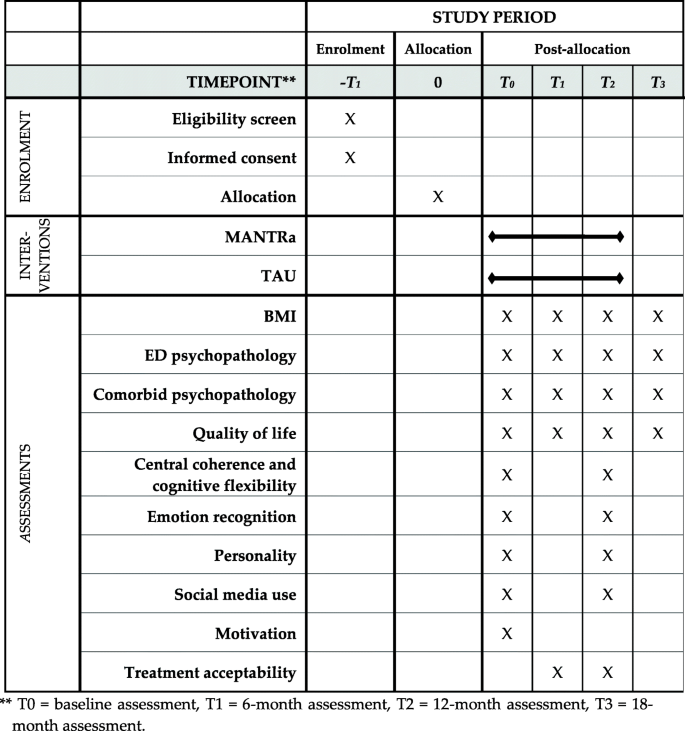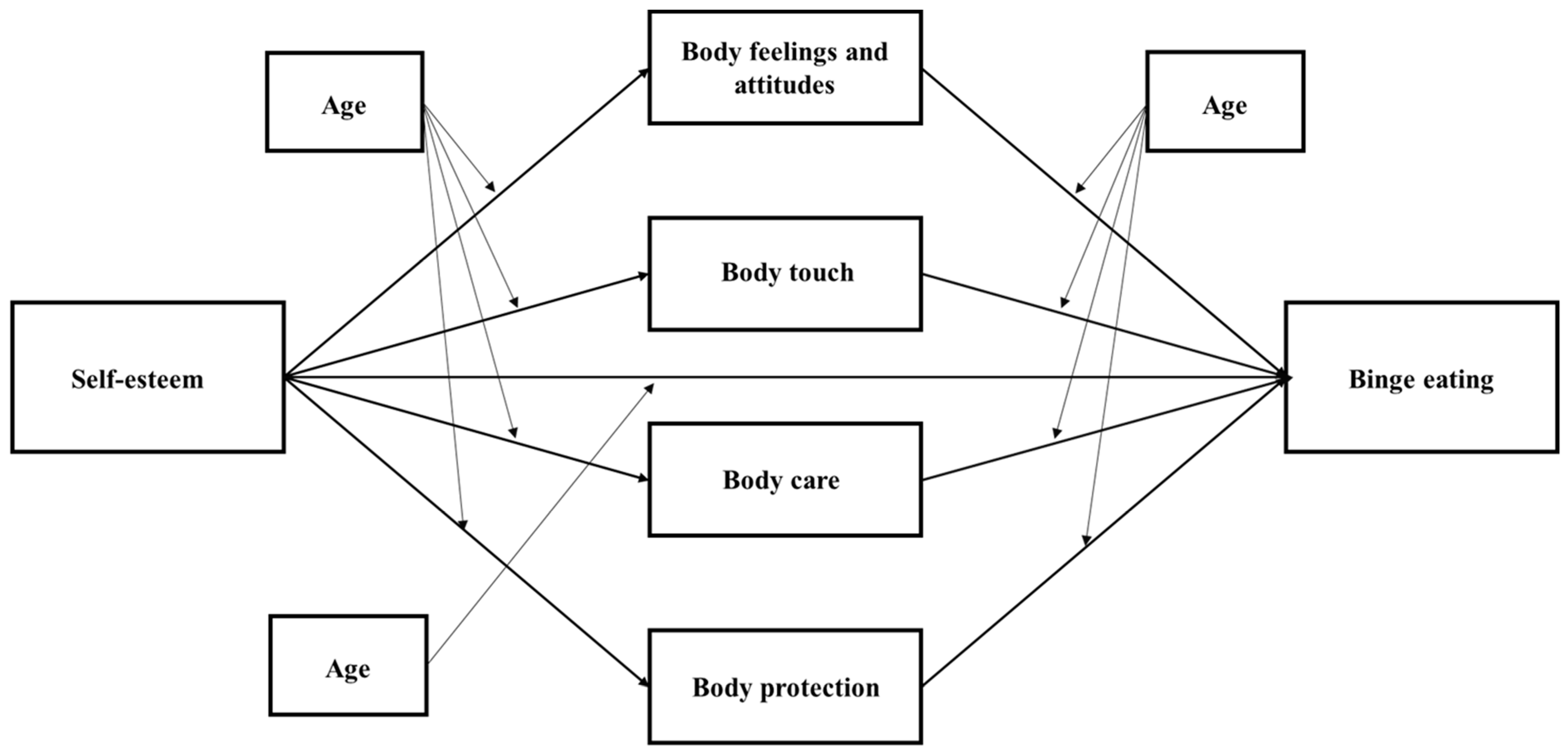
The current paper provides a review of experimental and naturalistic studies investigating the relationships between self-reported emotional eater status, mood, and food consumption. In the realm of emotional eating, a considerable number of studies, both in the lab and in naturalistic settings, fail to demonstrate increased food intake in emotional situations in self-described emotional eaters. However, recent studies have started to raise questions about the validity of such questionnaires. This categorization is generally based on scores on self-report questionnaires. In eating research, it is common practice to group people into different eater types, such as emotional, external and restrained eaters. The SEES represents a useful measure for the investigation of emotional eating by increasing both specificity (differentiation between specific emotional states) and breadth (differentiation between increase and decrease of food intake) in the assessment of the emotion-eating relationship.Įmotional Eating Is Not What You Think It Is and Emotional Eating Scales Do Not Measure What You Think They Measure In contrast, higher scores on the negative emotions subscales related to lower scores on the happiness subscale, higher BMI, and higher eating pathology. Higher scores on the happiness subscale related to lower scores on the negative emotions subscales, lower body mass index (BMI), and lower eating pathology. In all three studies, internal consistencies of each subscale were α > 0.70 and mean subscale scores significantly differed from each other such that individuals reported the strongest tendency to eat more than usual when being sad and the strongest tendency to eat less than usual when being anxious (sadness > happiness > anger > anxiety). Subsequently, the scale was reduced to 20 items (5 items for each subscale) and its four-factor structure was replicated in studies 2 and 3. Factor analysis yielded four factors, which represented both positive ( happiness subscale) and negative emotions ( sadness, anger, and anxiety subscales). In study 1, a pool of items describing 40 emotional states was used. Therefore, we developed a new measure of emotional eating-the Salzburg Emotional Eating Scale (SEES)-for which higher scores indicate eating more than usual in response to emotions and lower scores indicate eating less than usual in response to emotions. Meule, Adrian Reichenberger, Julia Blechert, JensĮxisting self-report questionnaires for the assessment of emotional eating do not differentiate between specific types of emotions and between increased or decreased food intake in response to these emotions.

All rights reserved.ĭevelopment and Preliminary Validation of the Salzburg Emotional Eating Scale. Further, the tendency to overeat in response to positive emotions could be integrated into current models of eating disorders, especially when addressing relapse prevention. New assessment tools that in addition to negative emotional eating also address positive emotional eating could be of potential help in planning intervention. Thus, positive and negative emotional eating might have different relations with overeating and BE, with the latter being more characteristic of the severity/frequency of overeating and BE. Results indicated that PNEES-P significantly predicted overeating, whereas PNEES-N predicted overeating and BE episodes only in a subsample of women who had experienced at least one overeating or BE episode. Palmtop computers were given to participants for a three-day study period that prompted them with questions regarding emotional experience, overeating, and BE. In study 2 (NÂ =Â 60), experience sampling method was used to assess overeating and BE in the natural environment.

Further, a path analysis showed that after controlling for the mediating effect of PNEES-N, PNEES-P continued to significantly predict binge eating. PNEES-N also showed good convergent validity in assessing binge eating, correlating highly with EDAS subscale Binge eating. Results showed that a two-factor model constituting Positive emotional eating (PNEES-P) and Negative emotional eating (PNEES-N) fit the data well. In study 1, the Positive-Negative Emotional Eating Scale (PNEES) was constructed and tested on 531 women, who also completed Eating Disorders Assessment Scale (EDAS). The aim of the current study was to construct a scale for positive and negative emotional eating and to assess its predictive validity. Much less is known about how positive emotions relate to overeating and binge eating (BE).


Research on emotional eating mostly focuses on negative emotions. Sultson, Hedvig Kukk, Katrin Akkermann, Kirsti Positive and negative emotional eating have different associations with overeating and binge eating: Construction and validation of the Positive-Negative Emotional Eating Scale.


 0 kommentar(er)
0 kommentar(er)
